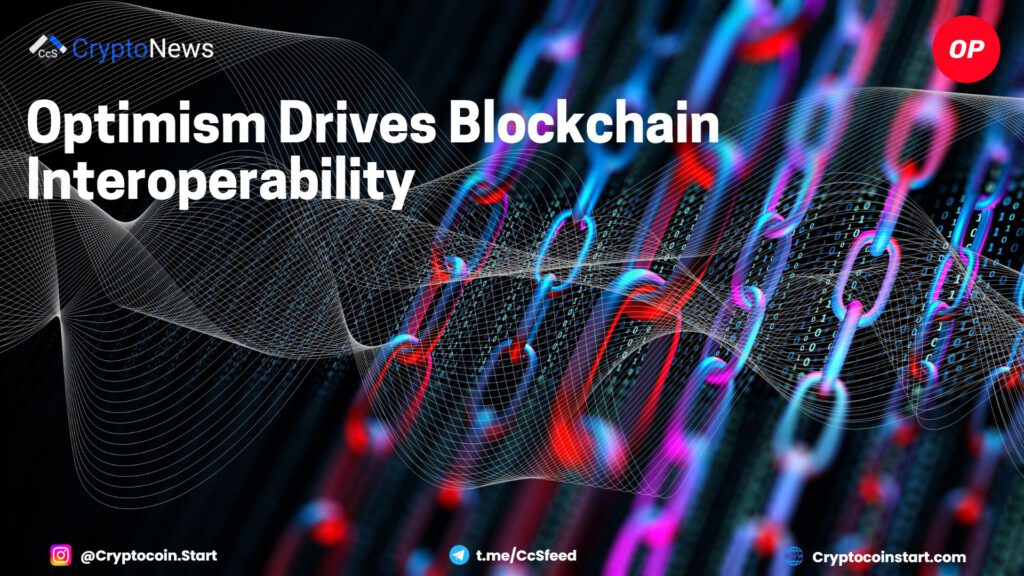
Optimism’s Interoperability Roadmap: Unifying Affiliated Blockchains
Optimism-affiliated networks, including Coinbase’s Base, that are part of the Superchain currently rely on Ethereum to communicate and move assets. This dependency often results in slow and expensive transactions. To address these challenges, Optimism is releasing its own interoperability roadmap, aiming to streamline communication and asset movement between these networks.
Building a Unified Superchain
Optimism, a layer-2 blockchain ecosystem atop Ethereum, has successfully built an ecosystem of affiliated blockchain networks. The goal is to more tightly connect these networks, making the Superchain feel like a single, cohesive chain. In a blog post shared with CoinDesk, the Optimism team emphasized the importance of this unified experience, stating, “The Superchain needs to feel like one chain.”
Optimism’s Native Interoperability Solution
The Optimism ecosystem has grown significantly, attracting new projects such as Coinbase’s Base. This growth is partly due to the OP Stack, a customizable toolkit that allows developers to build their own layer-2 networks using Optimism’s technology. However, fragmentation between the various Optimism chains has become an issue. To address this, Optimism is developing a native interoperability solution.
- The solution aims to address issues of fragmentation between Optimism chains.
- Optimism’s interoperability layer will allow for seamless communication between networks.
- The new layer is set to launch on mainnet by early 2025, with test and developer network releases planned sooner.
Competing Solutions and Optimism’s Vision
As other layer-2 ecosystems like Polygon’s AggLayer and Matter Labs’ Elastic Chain introduce their own interoperability solutions, Optimism’s approach stands out due to its strong ecosystem and economic agreements. The Optimism ecosystem has a total value locked (TVL) of approximately $16 billion, surpassing even Arbitrum One, the largest individual layer-2 network.
Teams that build networks using OP Stack agree to adhere to the Superchain ethos, a series of economic and cultural agreements that contribute to Optimism’s ecosystem. According to Mark Tyneway, co-founder of OP Labs, “The Superchain is a set of people and organizations aligned towards the common goal of elevating humanity and upgrading capitalism.”
Challenges and Future Outlook
One of the main challenges Optimism faces is the reliance on Ethereum for communication between Superchain networks. This reliance can slow down and increase the cost of transactions. To overcome this, Optimism is developing a native interoperability layer that will simplify communication within the Superchain. The goal is to create a unified Superchain where users, assets, and developers can move seamlessly across the network.
The Optimism team is working to have this solution available on mainnet by early 2025. In the meantime, they will launch the interoperability layer on a developer network, followed by a test network launch. As Tyneway explained, “Interoperability as a technology lets you read information from one chain and process that information on another chain.”


